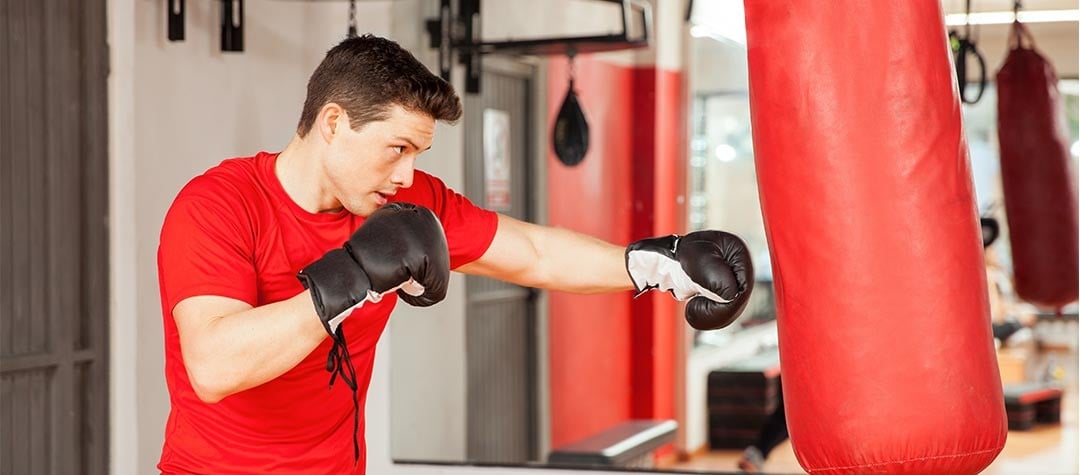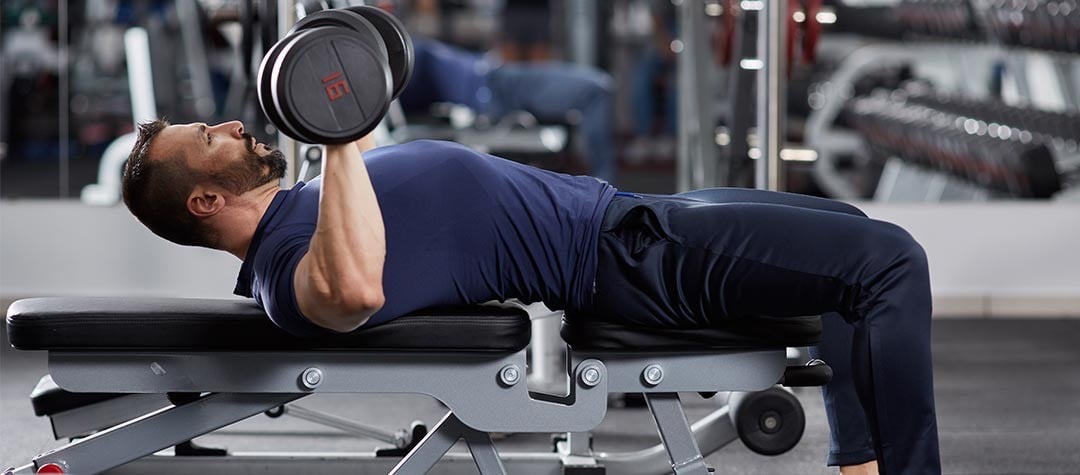While exercise is good for children, caution should be exercised when encouraging them to run. Find out all about safe running for children and ways to encourage them to run and keep them running.
With a rise in childhood obesity, combined with more general concerns about children’s fitness and activity levels, parents are being urged to encourage their children to be more active and take part in more sport, to help and support their long-term health. But how good is running for kids?
If you want to ensure that your children strike the correct balance between too much and not enough exercise, simply follow this guide on children and running, which includes information on:
- Safe running practices
- Running training ideas
- Racing, how far children can go
- The ultimate running solution
Running carefully
Running is great exercise whatever your age, and encouraging children to participate in sports and activities that involve running is both positive and healthy. Running strengthens bones, helps improve coordination, exercises the cardiovascular system, strengthens muscles and tendons, and is also fun which are all excellent reasons for participation. Of course, it is important to remember that although a parent may be an enthusiastic runner, a child may simply not have that same motivation and because children’s bodies are still developing, caution should be urged when encouraging them to run.
The American Academy of Paediatrics advises that if children run to excess, problems can occur, including overuse injuries such as tendonitis and bone injuries, which may lead to arthritis and future growth complications. Additionally, a child’s ability to regulate their temperature is less developed than that of an adult, and so running in extremes of temperature (either very hot or very cold) is not advisable. Children also take longer to acclimatise to hot and humid climates, which can increase their susceptibility to heat-related problems.
How much training can my child do?
The primary focus on children getting involved in running should be on enjoyment. Rather than ask the question, ‘How much training can my child do?’, focus on keeping your child’s running fun. The last thing you want is to dampen their enthusiasm and turn them away from the sport because they burn out! To ensure that your child enjoys the comprehensive package of benefits that running brings, employ some of the following strategies:
- Keep running fun for kids. Rather than getting your children to run for endless miles, involve them in running games as well as a small amount of steady-state base-work for stamina. Running games are fun and motivating and while doing them, your children won’t even feel as though they’re training!
- Go for speed training. The hardest component for a runner to improve is their speed but if speed training is introduced to children while they are developing, the training effects are far greater than when trying to improve their speed when they are adults. Speed training is also easy to introduce in group games.
- Link up with a running club. A good running club will have one or more official Athletics coaches who will be qualified to coach children, together with an understanding of how to manage the key issues of balancing enthusiasm with regular training. Everyone likes to be a member of some sort of group – and by involving your children in a semi-structured environment, they will develop a positive identity with running plus the club coach will ensure that no child overdoes their training.
- Mix up their running. Avoid focusing on a single running discipline such as endurance running. To ensure all-round development for your child, let them get involved in all the different running disciplines from sprinting and hurdling to track work, cross country and perhaps the occasional fun run. That way, you are focusing on their all-round development. It might be that after a season experimenting with each discipline, one of your children may turn out to be naturally gifted cross-country runner which might not have surfaced had they simply stuck with sprinting!
- Ensure they train properly. Always ensure that your children follow correct training protocols including warming up, cooling down and stretching. By ensuring that your child trains correctly, they will carry through good practices into adulthood and will avoid injury.
- Don’t neglect running technique. Technique is important in any activity, and children will pick up good habits far easier than they will ‘unlearn’ bad habits as an adult. At first, children can seem very gangly, all ‘arms and legs’ when they run, but if a few technique drills are introduced, they will rapidly improve their form. The advantages here are that they will be more efficient as runners and will also reduce any injury risks by using a good technique.
- Do other activities. Running can be addictive (in a positive way!) but as well as encouraging your children to simply run, make sure you foster your child’s all-round development by exposing them to other activities that involve running, such as team sports and orienteering.
Can my child race?
Most marathons have age requirements, and the minimum age is usually between 16 -18. You would need to check with the road-race organisers.
The key factor to note with these racing distances is that to fully participate in these events, particularly the longer ones, a child would have to train for up to several months prior to race day – which could result in overuse injuries to growing bodies. Letting your child race is fine, but it is important to keep the distances short until they are fully developed. If your children are younger than 15 years old, the following racing distance guidelines should be followed for their safety:
- Under 4 years old – 50m
- Age 5-6 – 100m
- Age 7-8 – 200m
- Age 9-10 – 400m
- Age 11-12 – 800m
- Age 12-13 – 1 mile
The ultimate running solution for kids
If you really want to ensure that your child gets a good grounding in all the benefits of athletics, why not let them train under the guidance of a qualified Athletics coach? Many qualified coaches train children in groups, and this can be an organised, fun way to enjoy running. After all, many current stars of the track used athletics coaches thereby demonstrating their effectiveness! For parents, the key benefit to letting your child train with a qualified coach is knowing that the training is correctly structured in line with your child’s physical development, thus eliminating the dangers of overtraining.
Enough is enough …
Certainly, running 30 miles (over 48km) non-stop is wrong for a child of any age – but being active in running is excellent for a child’s all-round development. As a rule of thumb, leave your children wanting to do more, which will maintain their enthusiasm and also ensure that they avoid overtraining. Running is an activity that you’ll want your child to continue with through to adulthood and for the rest of their lives, so make sure you make it exciting for them, so they stay enthusiastic about running.














